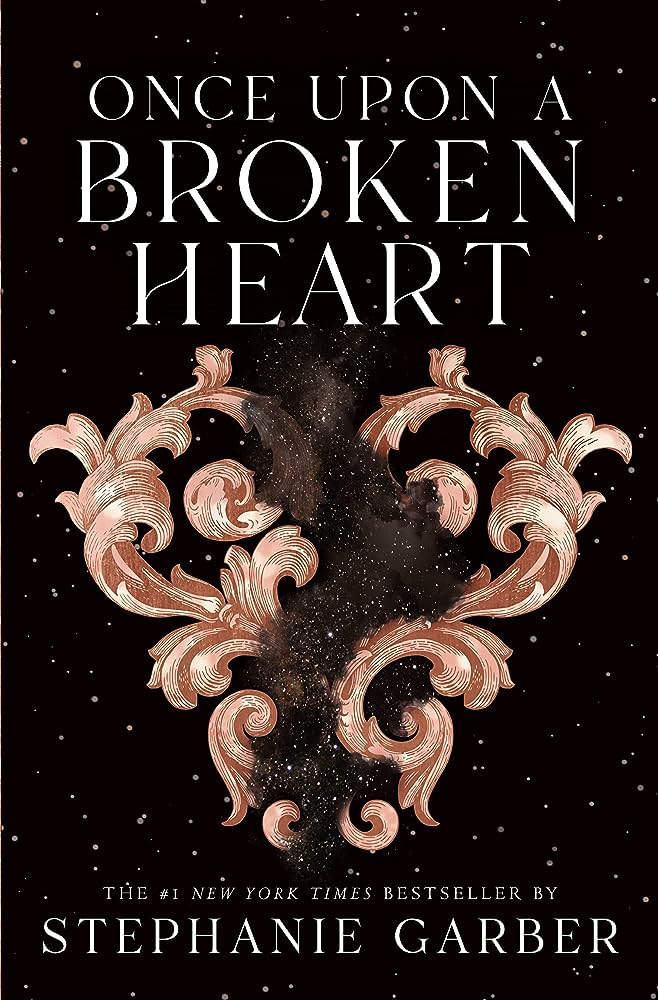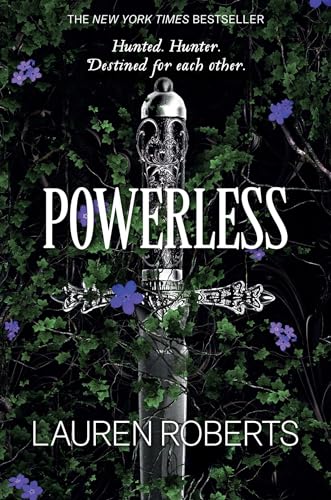AP Lang Reads: Just Mercy – Bryan Stevenson
Bryan Stevenson was a young lawyer when he founded the Equal Justice Initiative, a legal practice dedicated to defending those most desperate and in need: the poor, the wrongly condemned, and women and children trapped in the farthest reaches of our criminal justice system. One of his first cases was that of Walter McMillian, a young man who was sentenced to die for a notorious murder he insisted he didn’t commit. The case drew Bryan into a tangle of conspiracy, political machination, and legal brinksmanship—and transformed his understanding of mercy and justice forever.
|
Title: |
Just Mercy |
|
Author: |
Bryan Stevenson |
|
Publisher: |
One World |
|
Genre: |
Criminology, Non-Fiction, Memoir, Black and African American Biography |
|
Pages: |
384 |
Just Mercy by Bryan Stevenson is a profound exploration of systemic injustice and the human stories behind it. Assigned for my AP Language class, the book pushed me to confront uncomfortable truths about the legal system and consider what justice and mercy mean in an inequitable society. With every chapter, I found myself more invested in understanding how personal narratives intersect with broader systemic failures, making the call for reform impossible to ignore.
In Chapter 5, Stevenson’s parallel between Walter McMillian’s case and W.E.B. DuBois’ “Of the Coming of John” highlights how systemic injustice destroys not only individuals but also their communities. McMillian’s wrongful conviction mirrors the tragedy in DuBois’ story, where John’s enlightenment about racial inequality leads to devastating consequences. Both narratives demonstrate the cost of challenging societal norms and reveal the emotional toll of injustice. This comparison strengthens Stevenson’s argument by situating McMillian’s story within a larger historical context, emphasizing how deeply ingrained racial injustice is in American society.
Charlie’s story, introduced in these chapters, is heartbreaking and thought-provoking. Stevenson sheds light on the cruel realities faced by children tried as adults, showing how Charlie’s youth and vulnerability were ignored by a system more focused on punishment than rehabilitation. His vivid descriptions of Charlie’s physical and emotional suffering elicit outrage and empathy, compelling the reader to question the morality of a system that fails its most vulnerable members. Through Charlie’s story, Stevenson not only appeals to the reader’s emotions but also critiques the broader issues of mass incarceration and the dehumanization of children.
Stevenson’s storytelling technique, alternating between Walter’s case and the stories of other clients, adds depth and complexity to the narrative. By weaving these accounts together, he paints a comprehensive picture of systemic injustice, showing how patterns of discrimination and neglect manifest in different ways across various cases. This approach allows the reader to see the interconnectedness of these issues, making it clear that Walter’s experience is not an isolated incident but part of a pervasive problem. As a reader, I found this perspective compelling and impactful, as it brought both individual struggles and systemic failures into sharp focus.
Among the many voices in this section, Trina Garrett’s story left a lasting impression. Her life, marked by abuse, trauma, and a wrongful conviction, illustrates the compounded injustices faced by those already marginalized. By sharing Trina’s experiences, Stevenson underscores the systemic failure to address the root causes of crime and instead perpetuates cycles of harm. Her story invites readers to draw parallels between her suffering and that of others, such as Walter, highlighting the universal nature of injustice within the system.
The true measure of our character is how we treat the poor, the disfavored, the accused, the incarcerated, and the condemned. ~ Bryan Stevenson
One question I posed during our discussion was: How does Stevenson use personal narratives to expose the broader systemic injustices in the legal system, and why is this approach effective? Stevenson’s method of intertwining individual stories, like Walter’s wrongful conviction, Charlie’s unjust imprisonment, and Trina’s devastating experiences, reveals the structural flaws that allow such tragedies to persist. This approach engages readers on a personal level, making the issues tangible and urgent rather than abstract. It challenges us to see these stories not as exceptions but as symptoms of a broken system, calling for immediate and meaningful change.
|
Characters: |
4/5 |
|
Setting: |
4/5 |
|
Writing: |
4/5 |
|
Plot and Themes: |
4/5 |
|
Overall: |
4/5 |
Just Mercy is a deeply moving and thought-provoking book that confronts readers with the realities of injustice while inspiring hope for a more compassionate future. Stevenson’s ability to humanize systemic issues through personal stories makes this a powerful read, leaving a lasting impact long after the final page.





